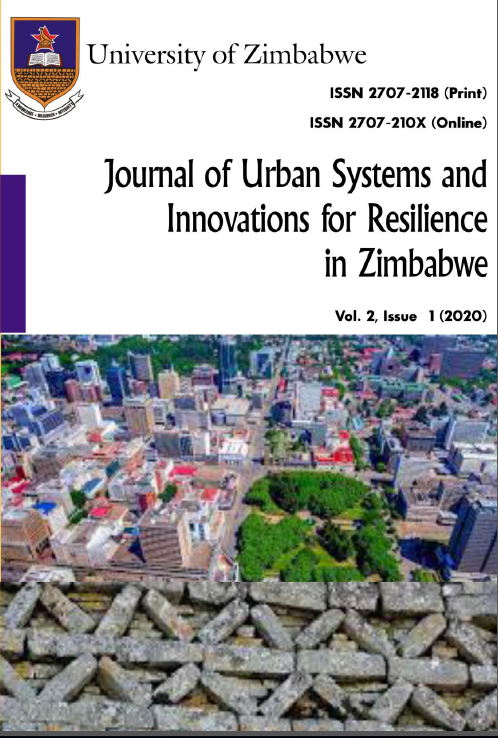Connecting Biophilic Design to Neighbourhood Energy Use Optimisation in Rural Towns: The Case of Birchenough Bridge
Abstract
The article is based on a study that examined the relationship between nature integration in residential neighbourhoods and the cooling energy requirements. This is against the background of rapid urbanisation accompanied by climate change, causing high temperatures and leading to thermal discomfort in buildings , among others. To ensure thermal comfort, building occupants resort to artificial methods of cooling, giving rise to energy consumption in cities amid challenges of energy supply. Whilst there is a significant amount of literature on the need to integrate nature into the design of cities, little has been done to examine the link between biophilic design and the energy requirementsfor cooling at neighbourhood level. The study adopted a qualitative approachto guide the collection of data. Document review was uesd to address the research objective. The findings revealed that the biophilic design reduces energy consumption for cooling by modifying the microclimate. there is little appreciation by authorities of the potential of biophilic urbanism in reducing temperatures of neighbourhoods. It is recommended that the planning and design standards for residential neighbourhoods be revised by including specific details as to how public open spaces should be distributed and treated.




